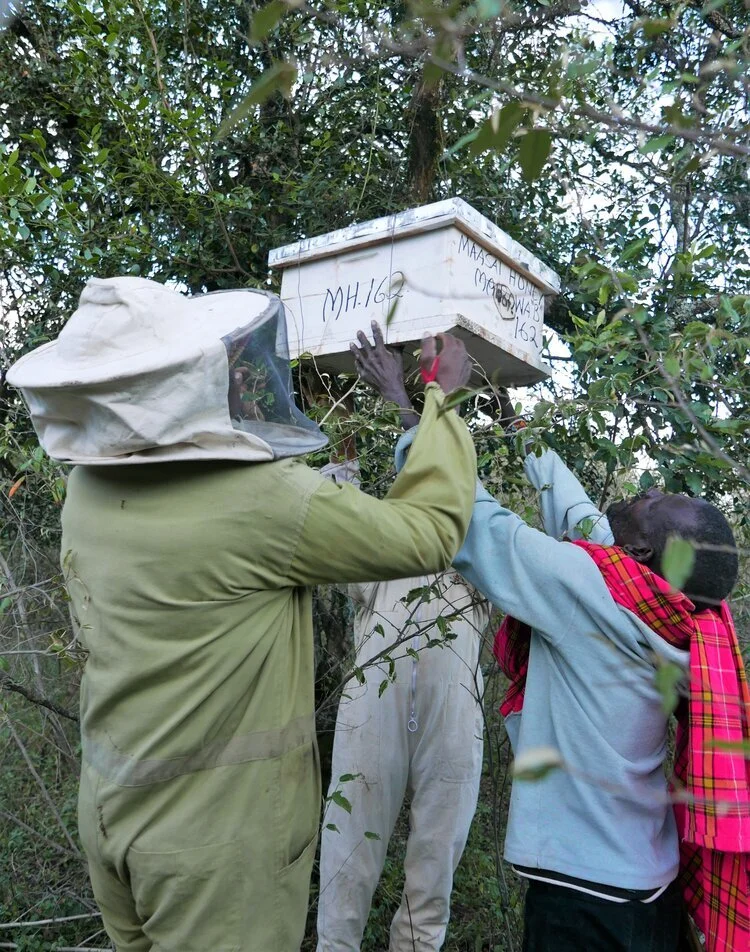When working with local bees, one of the first steps is hanging the hives. After baiting the frames with beeswax (a scent attractive to the bees), the hives are hung in a natural forest environment. Ideally, the hive is hung on a sturdy tree branch, under a canopy that shields and protects the hive.
Read MoreHoney has long been revered, not only for its delicious flavor, but also for its health benefits. Records of its use date back to the stone age; scientists estimate that people have been using honey for over 9000 years! Hippocrates in the 5th century B.C. extolled honey for its healthful properties, including the food in his famous advice, “let food be thy medicine and medicine be thy food.” Still to this day, honey is used all over the world as a nutritious food and health remedy.
Read MoreBeehives are central to the mission of Maasai Honey. Not only do they provide homes for bees, they are also essential tools for beekeeping education and honey production. Furthermore, a hive is an investment with growing returns - as the bee colony grows stronger, so will the honey production. Adding beehives to the apiaries is not a simple process, but the yield is worth the effort! Here's the story of a hive, from where it is built in Arusha city, to our apiaries on the edge of the Serengeti.
Read MoreIts a fancy name for a small tool that may leave one wondering - “what is a refractometer?”
A refractometer is an important tool for analyzing honey quality. Specifically, it measures moisture content, analyzing how much water the honey contains.
Read MoreNot all honey is the same. In fact, one of our honeys is usually referred to as “stingless” honey. It has a liquid consistency and a distinctive sweet and sour flavor. Where does it come from? It is made by stingless bees! These bees do not make wax honeycomb, but rather, they store their liquid honey in round, resinous pods. Harvesting is a tedious process, but the result is well worth it…
Read More




